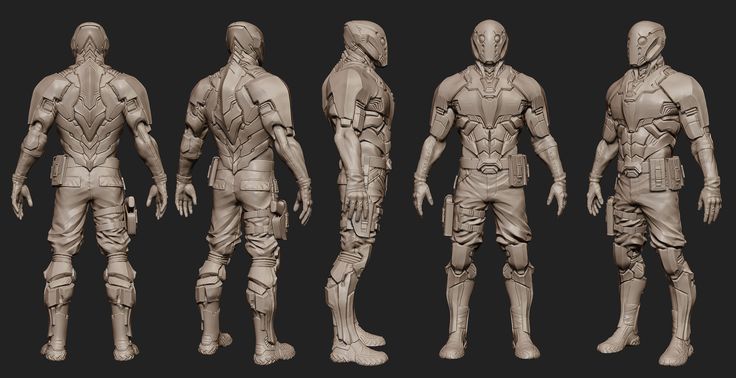Creating compelling 3D characters is a cornerstone of game development. These characters are not just visual elements but are central to storytelling and player engagement. The process begins with conceptual art, where ideas are sketched out to define the character’s appearance and personality. This stage is crucial as it sets the direction for the entire modeling process.
Once the concept is finalized, artists move to digital sculpting for game assets, using tools to shape and refine the character’s form. Digital sculpting allows for intricate detailing, making characters more lifelike and visually appealing. This step is essential for capturing the nuances of the character’s design, from facial expressions to clothing textures.
After sculpting, the next phase involves retopology, where the high-resolution model is converted into a lower resolution version suitable for real-time rendering in games. This ensures that the character can be animated smoothly and interact seamlessly within the game environment. Texturing follows, where colors and surface details are applied to give the character depth and realism.
Rigging and animation are the final steps, where the character is prepared for movement. This involves creating a skeleton for the character and defining how it will move and interact within the game. Effective rigging is crucial for realistic animations that enhance the gaming experience.
Throughout this process, tools like Shapr3D can be invaluable for game developers. They offer capabilities for precise modeling and easy export for game engines, facilitating a smoother workflow. By leveraging such tools, developers can iterate quickly and bring their creative visions to life efficiently.
Ultimately, creating 3D characters for games is a blend of artistic skill and technical prowess. It requires a deep understanding of both the aesthetic and functional aspects of game design, ensuring that characters are not only visually stunning but also integral to gameplay.

